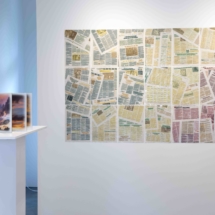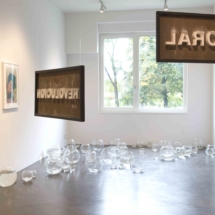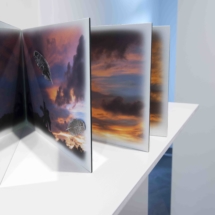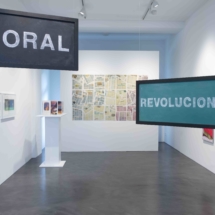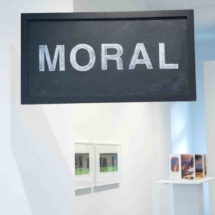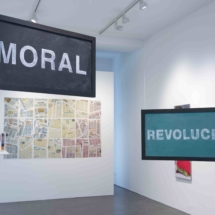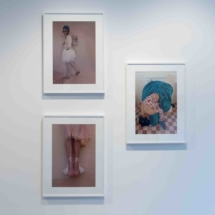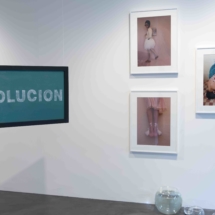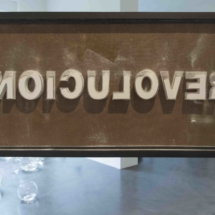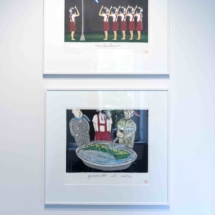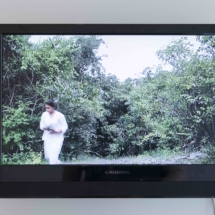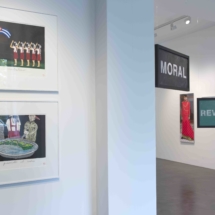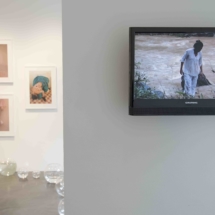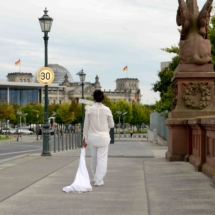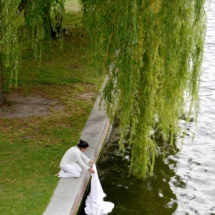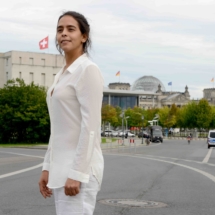La Patria que Vuela
Cirenaica Moreira
Aimée Garcia
Lidzie Alvisa Jimenez
Sandra Ramos
Elizabet Cerviño
Exhibition: 17 September - 24 October 2015
with a Live - Performance by Elizabet Cerviño
curated By Elvia Rosa Castro
This group exhibition presents works by five Cuban artists who are here regarded as belonging to 'the 90s' and’ the Naughties' generations: Sandra Ramos, Aimée García, Lidzie Alvisa, Cirenaica Moreira and Elizabet Ceviño.
La patria que vuela works with the dissolution of the concept 'Homeland' in Cuba, a process visible in the art that is currently being produced there. Many changes have taken place thanks to social networks, the velocity of cultural exchanges, migrations and the phenomenon of globalisation.
Another contributing factor is a sense of tiredness, generated by a modern discourse that evolves around an imaginary centre (house, home, homeland) where one can rest. It also refers to the present discredit of a rhetoric that, until very recently, presented society as an entity in which even utopia could be a redeeming action. These changes, in consequence, have brought about a critical attitude towards formerly self-evident concepts such as identity, homeland, and nation.
In Cuba, the notion of Homeland, as used by the hegemonic discourse, is almost always identified with the destiny of the Nation and the State. Therefore, it is not simply about a cultural discourse, but also about a political one. These artists are saying 'No more!'
In the exhibition, the Homeland acquires a nature that is more about the individual, and inner journeys of the self. It presents very personal geographies where symbols and the 'theatricalisation of the homeland' are erased or criticised. Emancipation lies precisely in the negation of the Homeland as a unique place and in the symbolic mapping through which each individual can represent and imagine him/herself.
La patria que vuela means abandoning the robust and exclusive criteria of the traditional discourse of power, since it acknowledges the demise of its liberating rhetoric.
Even though five female artists are presented who, among other things, propose a collapse of the notion of Homeland through their gender, we are not in the presence of a feminist exhibition in the traditional or militant sense. The exhibition consists of installation, photography, paintings, video and performance works.
